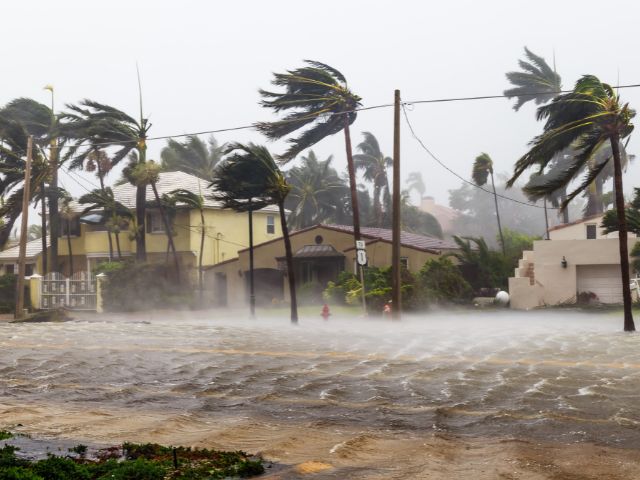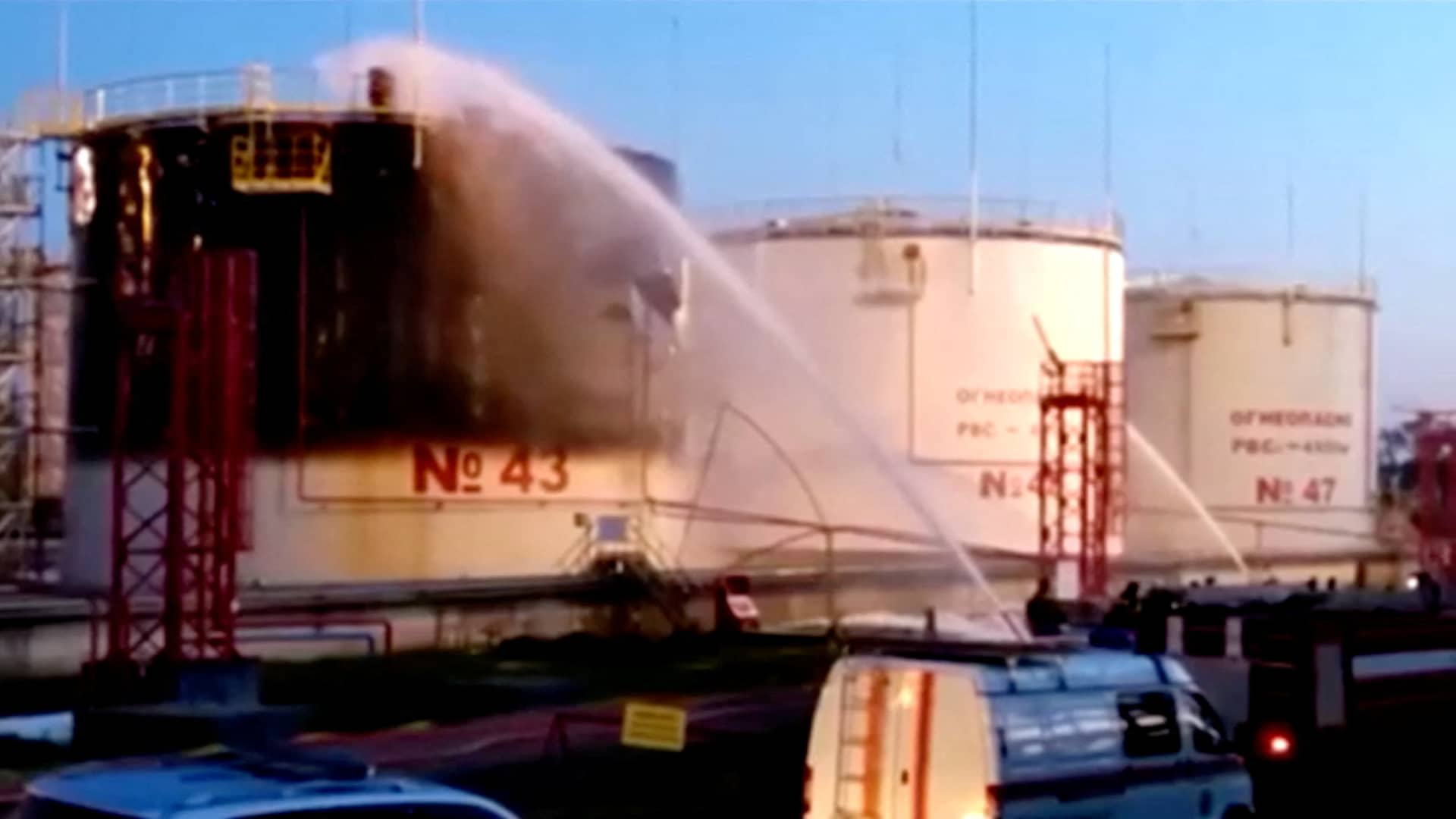

As climate change continues to impact our world, the frequency of extreme weather is on the rise. From hurricanes and wildfires to heatwaves and flooding, communities face numerous challenges in adapting to these changes. However, various strategies can enhance resilience and reduce the impacts of these climatic events. Learn how communities are adjusting to frequent extreme weather.
Extreme weather adaptation involves implementing measures to reduce the vulnerabilities and impacts of climate-related hazards on communities. Resilience plays a crucial role in this process, as it enables communities to better withstand and recover from the adverse effects of extreme weather events.
Frequent and intense storms have a considerable impact on communities, disrupting essential services, damaging infrastructure, and threatening human lives. This underscores the importance of developing and implementing effective adaptation strategies to protect communities and promote a more sustainable future.
One way communities adapt to frequent extreme weather is by merging nature-based solutions with infrastructure to enhance resilience. For example, the implementation of green roofs, rain gardens, and permeable pavements can help mitigate the impacts of flooding while also providing additional ecological benefits.
Nature-based solutions not only help absorb excess rainwater and reduce runoff, thus lessening flood risks, but can also contribute to lowering urban temperatures and increasing biodiversity. These cost-effective and sustainable tools provide many ways for communities to adapt.
Investing in climate adaptation is another essential aspect of safeguarding communities from the harmful effects of extreme weather. This includes funding research to better understand climate risks and vulnerabilities, as well as investing in the development and implementation of innovative adaptation solutions.
Infrastructure is a key element communities should adapt to climate change. For instance, one of the ways utility companies can prepare for severe weather is by replacing outdated transmission poles with resilient materials. Investments like this can empower utilities to provide continuous service, even in the face of unpredictable climate patterns.
Locally led initiatives also play a crucial role in weather adaptation, as they enable community members to address their unique challenges and needs. By supporting and promoting grassroots efforts, communities can develop tailored strategies to better manage risks and strengthen their resilience against severe weather.
Local solutions to weather adaptation are rooted in the understanding of regional ecosystems, cultures, and socio-economic contexts. This approach ensures the relevance of strategies and fosters a sense of ownership among community members, enhancing the likelihood of long-term success.
Adapting to frequent extreme weather is critical for the ongoing survival and well-being of communities. By exploring different approaches, such as merging nature-based solutions with infrastructure, investing in climate adaptation, and promoting locally led initiatives, communities can build resilience and thrive amid an increasingly uncertain future.
24World Media does not take any responsibility of the information you see on this page. The content this page contains is from independent third-party content provider. If you have any concerns regarding the content, please free to write us here: contact@24worldmedia.com

Gabriel Magalhaes to sign new Arsenal deal

Oil refinery in Russia region damaged in Ukraine drone attack: Authorities

Microsoft Security Vulnerabilities Decreased by 5% in 2023

Pre-Ozempic Obesity Drugs: Effective and Budget-Friendly

American Airlines (AAL) earnings Q1 2024

A Carefully Considered Morning Ritual That Can Brighten Your Day

Get a Lifetime Subscription of FastestVPN for just $40

Man Utd & Chelsea keeping tabs on 21yo Bundesliga star

5 things to know before the stock market opens Tuesday, April 23

The World’s Top-Grossing Language Learning App is Only $150